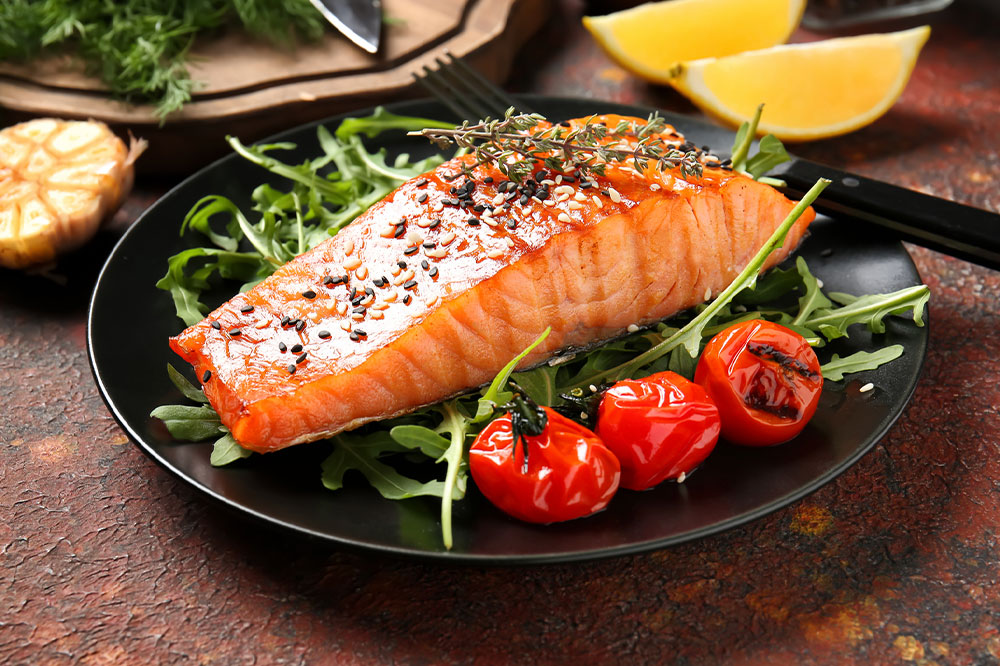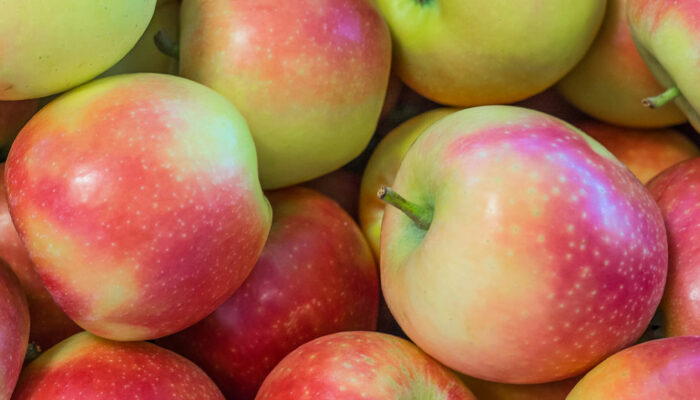Top 5 foods for better lung health

A mycobacterium avium complex infection, commonly known as MAC disease, is a type of rare lung disease that affects 1 person per 100,000 each year. The symptoms of MAC disease normally include fever sweating, fatigue, weight loss, diarrhea, shortness of breath, anemia, and abdominal pain. While there are ways to manage MAC disease symptoms, it is important to have these five foods for better lung health and better disease management.
Salmon
Salmon, mackerel, anchovy, herring, and other fatty fish are rich in omega-3 acids. This nutrient has been long associated with better lung health, among other benefits. Omega-3 fatty acids help fight inflammation due to infections and reduce the risk of such conditions worsening over time.
Apricots
This food can be particularly helpful in managing lung infection and addressing the symptoms of MAC disease. The abundance of vitamin A in apricots is known to lower the risk of lung infection by repairing the respiratory tract lining. Beef liver, cod liver oil, carrots, black-eyed peas, broccoli, spinach, carrot, and sweet red peppers are other vitamin-A-rich foods one can have for better lung health.
Olive oil
Olive oil contains vitamin E in the form of the nutrient alpha-tocopherol that is associated with enhancing lung functionality. Other foods rich in alpha-tocopherol include sunflower seeds, hazelnuts, pine nuts, sesame seeds, and pistachios. Not all forms of vitamin E are good for lung health; for instance, soybean and canola oils contain vitamin E in the form of gamma-tocopherol that may worsen lung infections.
Berries
MAC disease is a type of lung infection that may severely damage pulmonary cells. The presence of free radicals in the body may further hamper cell rejuvenation. Blueberries, strawberries, acai, and grapes are rich sources of antioxidants that kill the free radical cells. So, these foods assist in cell rejuvenation and alleviating infection severity.
Broccoli
Sulforaphane in broccoli regulates proteins like Nramp1 and HO-1 in the body that are associated with MAC outgrowths in the body. This green cruciferous vegetable is rich in sulforaphane that produces protective enzymes that can protect against lung infections like MAC disease, asthma, and chronic obstructive pulmonary disease. Other foods rich in sulforaphane include kale, cauliflower, watercress, cabbage, and brussels sprouts.














